
Though Looney Tunes Cartoons is focused on keeping the spirit of the originals, the new series of shorts has made a new minor tweaks to the designs of several iconic characters, including the beloved Warner Bros. mascot, Bugs Bunny. The whole premise was to bring the characters and the franchise back to its roots of wacky, violent fun, which is something that recent installments, such as the New Looney Tunes Show, have gotten away from.
Looney Tunes Cartoons - one of the biggest exclusives offered by HBO Max - is a long-awaited revival of the franchise's original format. Between the 1930s and 1970s, Warner Bros. regularly produced animated shorts starring characters like Bugs Bunny, Porky Pig, Sylvester, and more. Now, Warner Bros. is back to making Looney Tunes the way they were originally presented. These hand-drawn cartoons run less than ten minutes long and are released in episodes that are typically packed with two full-length shorts, broken up with a one- to two-minute short in between. Ten of these episodes were available at launch, and more will be released later, as 80 episodes have been ordered.
The ten episodes currently being shown on the streaming platform reveal that Looney Tunes Cartoons has kept its promise of honoring the classics. The series accomplished this by keeping the basic designs of its characters. Since not all episodes have been released yet, it's unclear how fan-favorites like Pepé Le Pew, Speedy Gonzales, Foghorn Leghorn, the Dog, Witch Hazel, and Taz will be depicted, but since well over a dozen characters have been featured so far, HBO Max has provided a clearer picture of how much has changed. Yosemite Sam doesn't have his dual revolvers anymore, but his look remains the same. This also goes for Porky Pig, Marvin the Martian, Sam the Sheepdog, Roadrunner, Gossamer, and Tweety Bird. However, HBO Max did make at least some adjustments. Here's every character whose design has been updated by the new series.
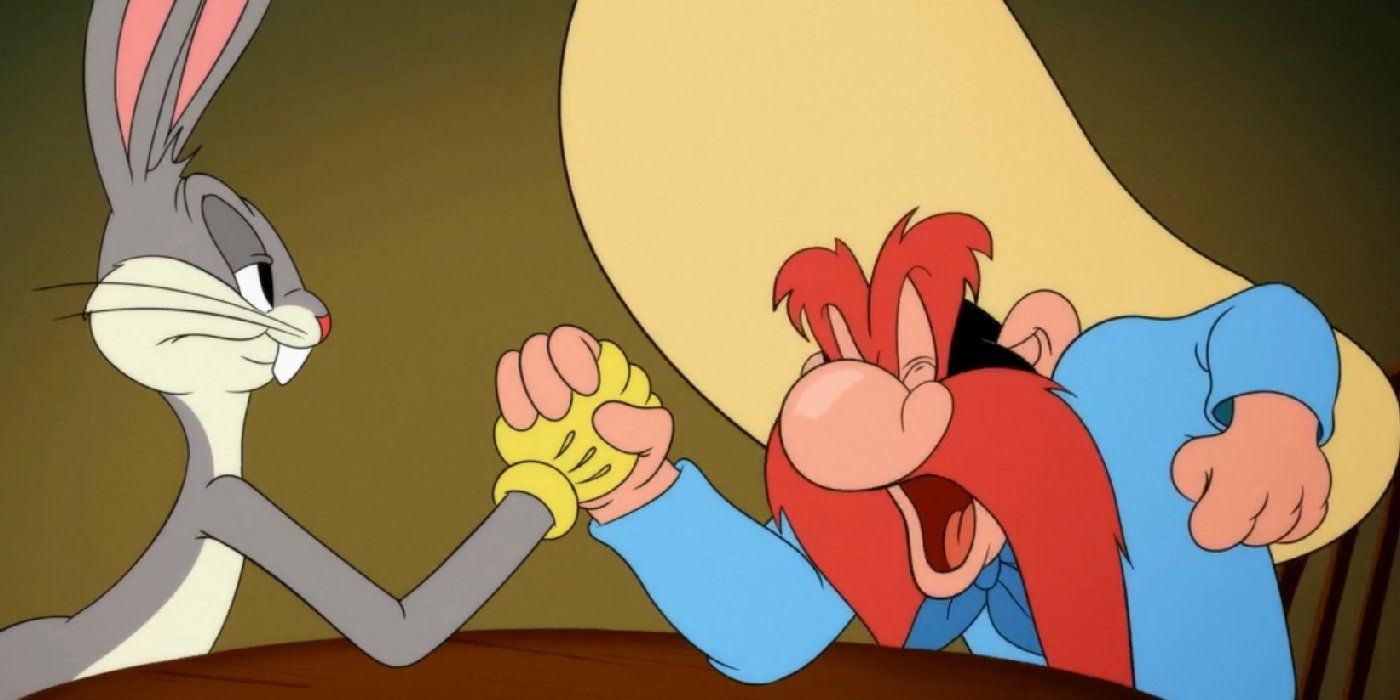
The most obvious change is also the most puzzling, and that's the one that was made to Bugs Bunny, who now has yellow rather than white gloves. This tweak was revealed when artwork for Looney Tunes Cartoons was first previewed back in March 2019. Bugs Bunny wore yellow gloves in the 1941 short, "Elmer's Pet Rabbit," which was Bugs Bunny's second appearance after his official debut in 1940's "A Super Hare," and it was the first cartoon to use his name. (Bugs Bunny should not be confused with the other gray rabbit characters that appeared before him). After "Elmer's Pet Rabbit," the yellow gloves were never seen again - until now. Considering the yellow gloves were only part of his look for one short, plus the fact that they weren't part of his original look, it's certainly an odd design choice.
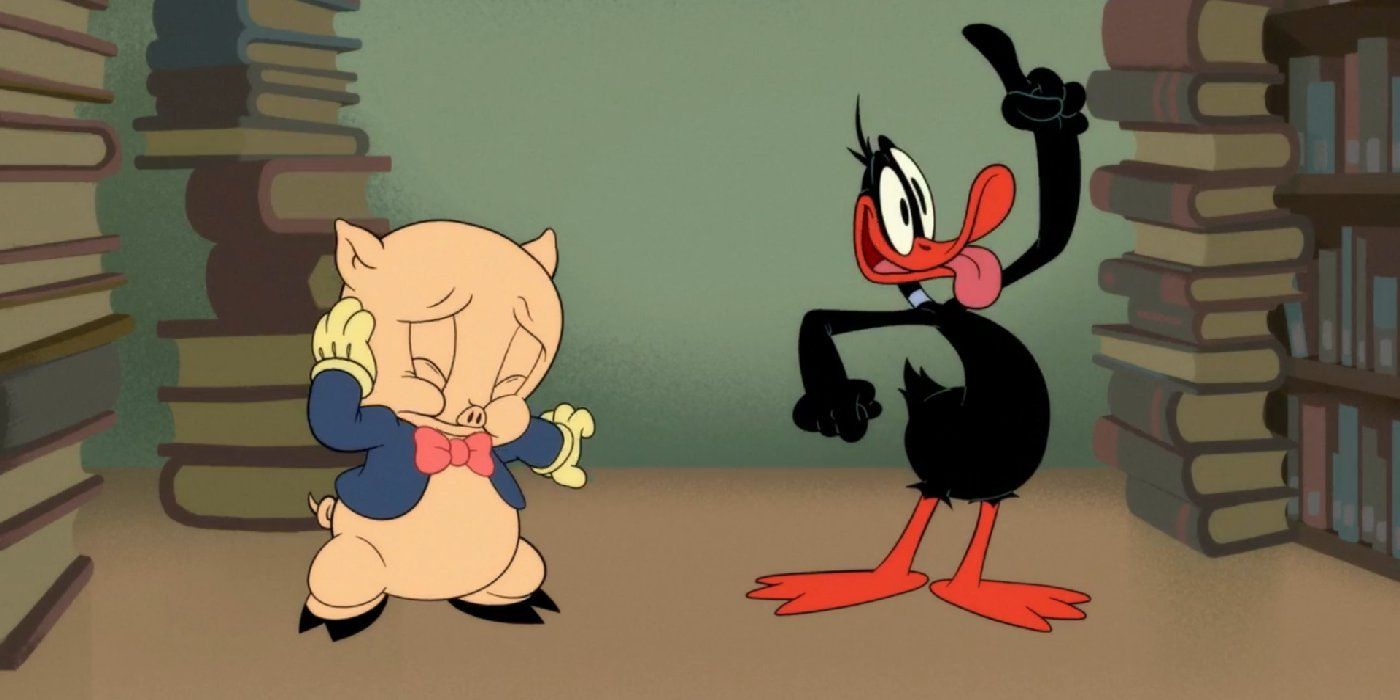
Bugs Bunny's jealous and lazy best friend, Daffy Duck, is usually paired with Porky Pig in the new Looney Tunes Cartoons. There's nothing new about HBO Max's take on Daffy, but it does lean more heavily on much older portrayals of the character than fans may be used to seeing. This version of Daffy is less reserved and much wackier than the Daffy Duck of the 1950s and beyond. His beak curves up, and his eyes have a bit of a wild and crazy look to them. This is how Daffy was depicted in his early days.
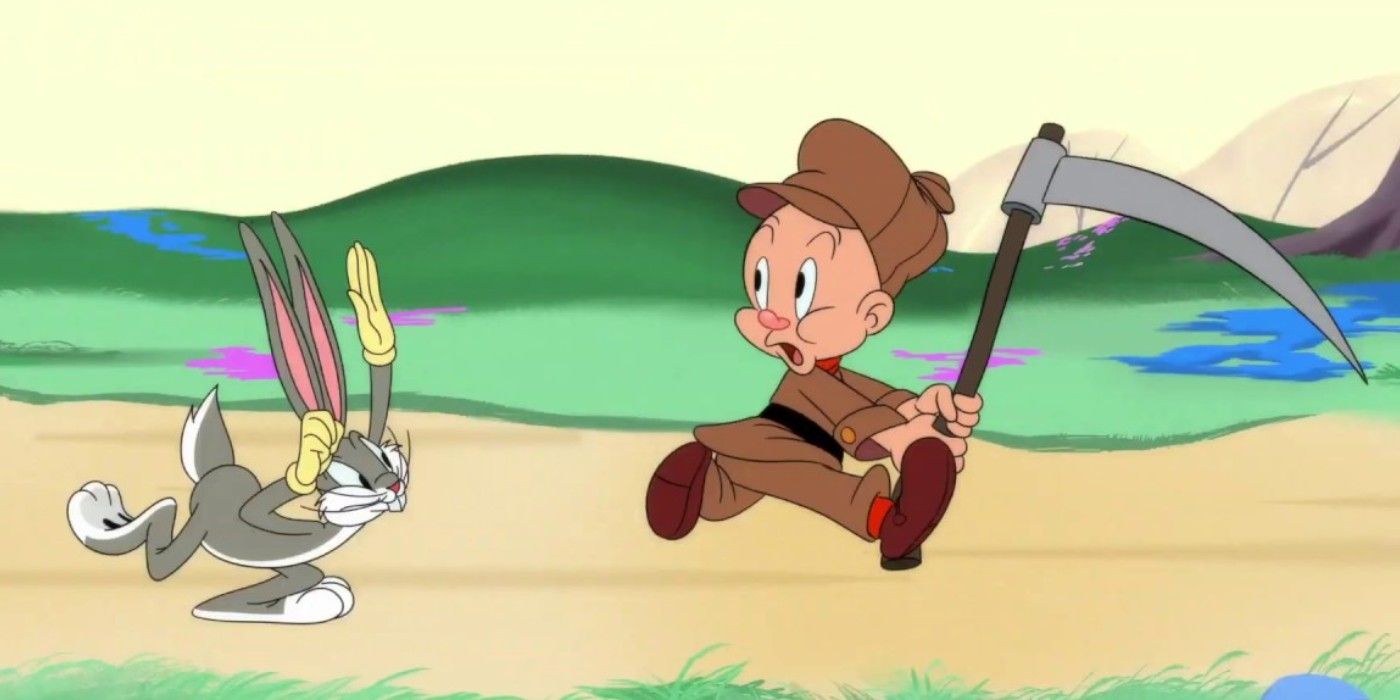
One of Bugs Bunny's two most well-known antagonists, Elmer Fudd, was notably slimmed up for HBO Max's Looney Tunes Cartoons. He also has a pink nose, which hasn't been incorporated into his design since the early 1940s. Like Yosemite Sam, Elmer won't be chasing after Bugs with a gun, but other aspects of his character remain intact, including his trademark speech impediment.
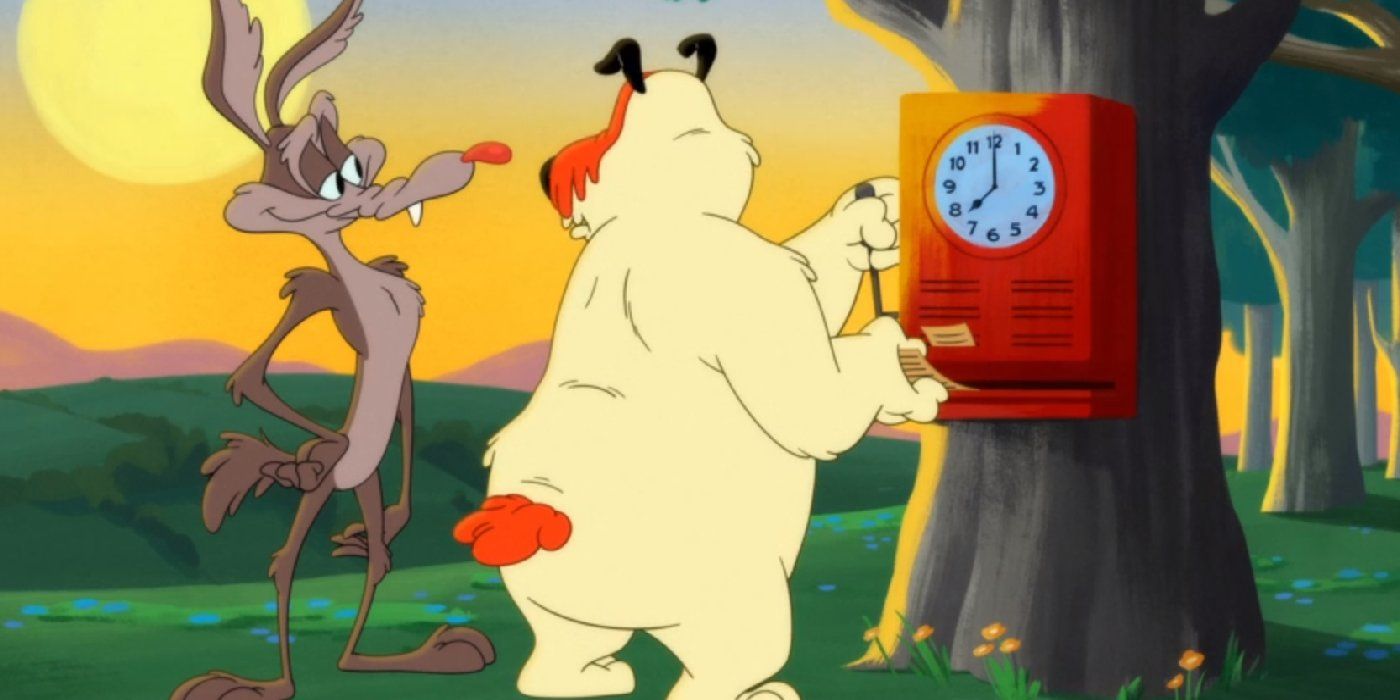
In the original Looney Tunes shorts, Ralph was a character who tried to catch sheep, but was always opposed by the ever-vigilant sheepdog, Sam. Despite being a wolf, Ralph looks nearly identical to Wile E. Coyote, apart from Ralph's red nose and white eyes. Now, Ralph has one fang that sticks out from his mouth. This aspect wasn't present in previous designs, and it serves the purpose of further distinguishing Ralph from Wile E. Coyote.
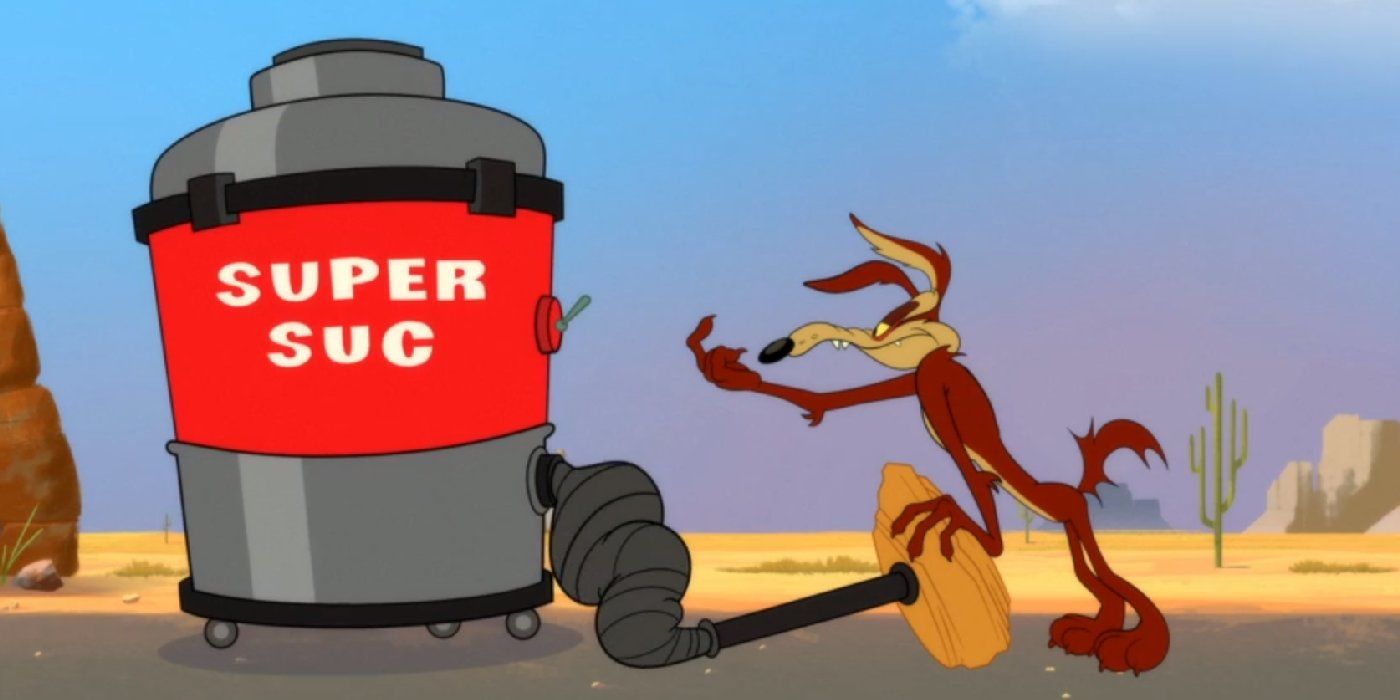
HBO Max's Wile E. Coyote has a few subtle differences compared to the classic character. So far, he hasn't appeared in any of the full-length cartoons and has only been utilized in the one-minute shorts. Wile E., who had a tendency to rattle on about "ingenious" plans, doesn't seem to be able to talk in Looney Tunes Cartoons, but then, he was silent in his most of his cartoons with Roadrunner. As for his physical appearance, he is normally a dark shade of brown, but now he's a bit brighter, and his color is more of a reddish-brown. He has a more noticeable red outline surrounding his yellow eyes, which remain unchanged, and several of his teeth can be seen, even when his mouth is closed.
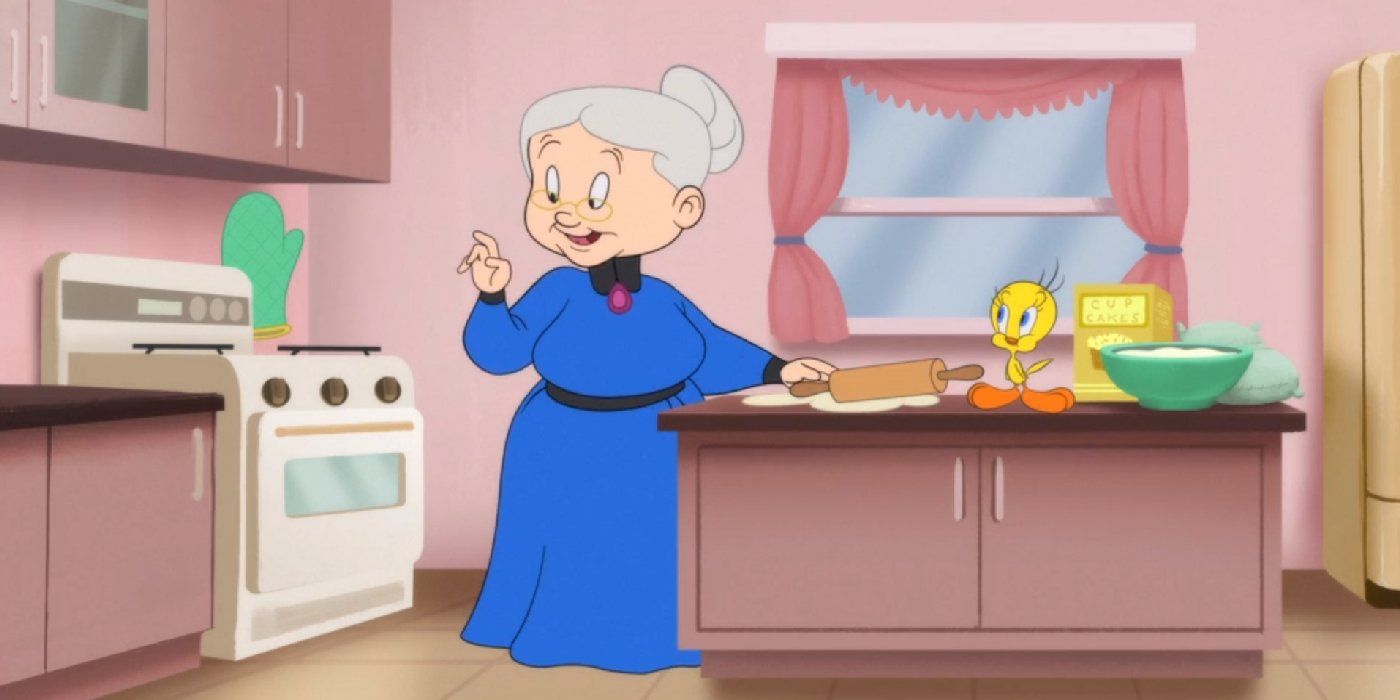
One of Looney Tunes Cartoons' most striking changes is the look that was given to Granny, the kind old lady who owns Sylvester and Tweety Bird. Granny is normally tall and somewhat thin, but the new series has added a considerable amount of weight to the character's face and body. This design isn't new, per se, but it was only used a few episodes in the classic shorts and was never a popular look for Granny. A fun characteristic that was added to Granny in the new cartoons is that she now rides a motorcycle.
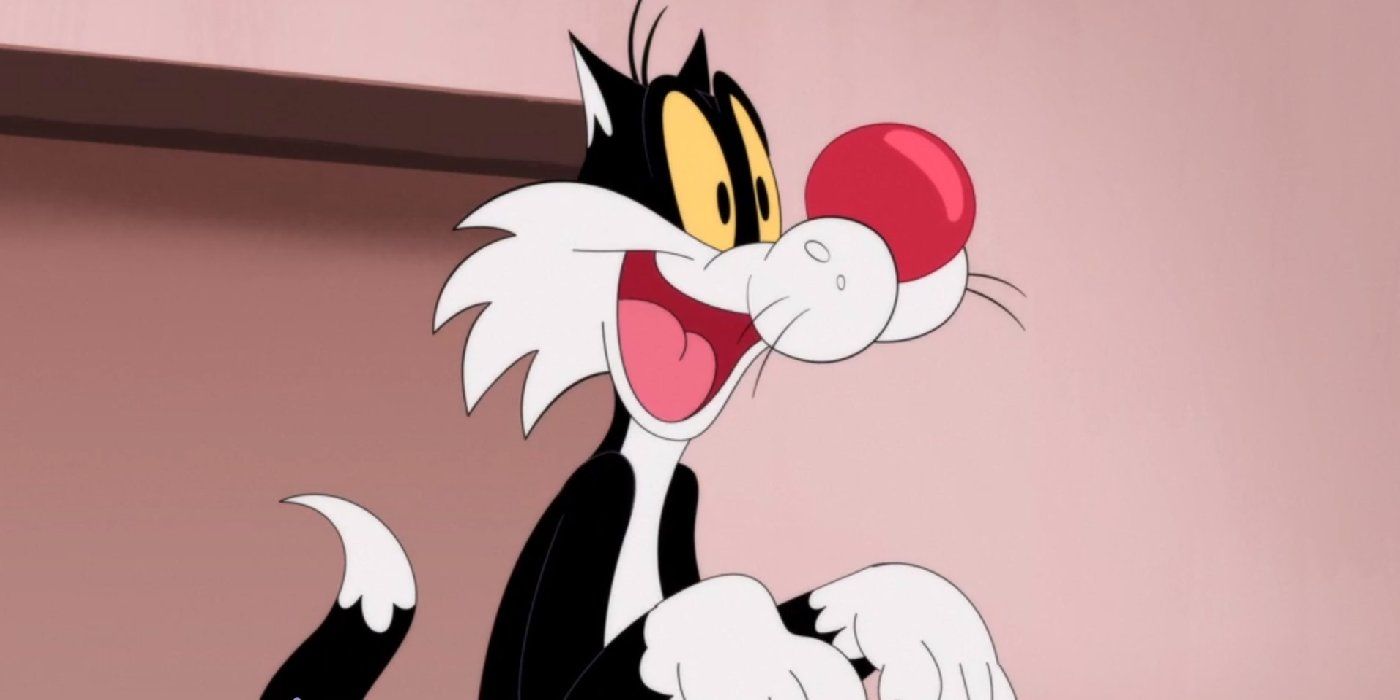
For a reason that's not altogether clear, Sylvester was subject to more changes than the other characters. While Bugs, Daffy, and Elmer were tweaked to pay homage to previous versions, Sylvester's design changes appear to be brand new. Sylvester's white eyes have been inexplicably replaced with yellow eyes, and his body isn't as lean as it was before. Also, his red nose is so blatantly large now that it obtrudes from his face. Fortunately though, not everything about the new Looney Tunes Cartoons' Sylvester is new. He still hasn't lost his taste for birds, and he continues to spit when he talks. Hopefully, viewers won't have to wait long for Sylvester to utter his famous catchphrase, "Sufferin' succotash!"
from ScreenRant - Feed https://ift.tt/2ApOBpH

No comments: